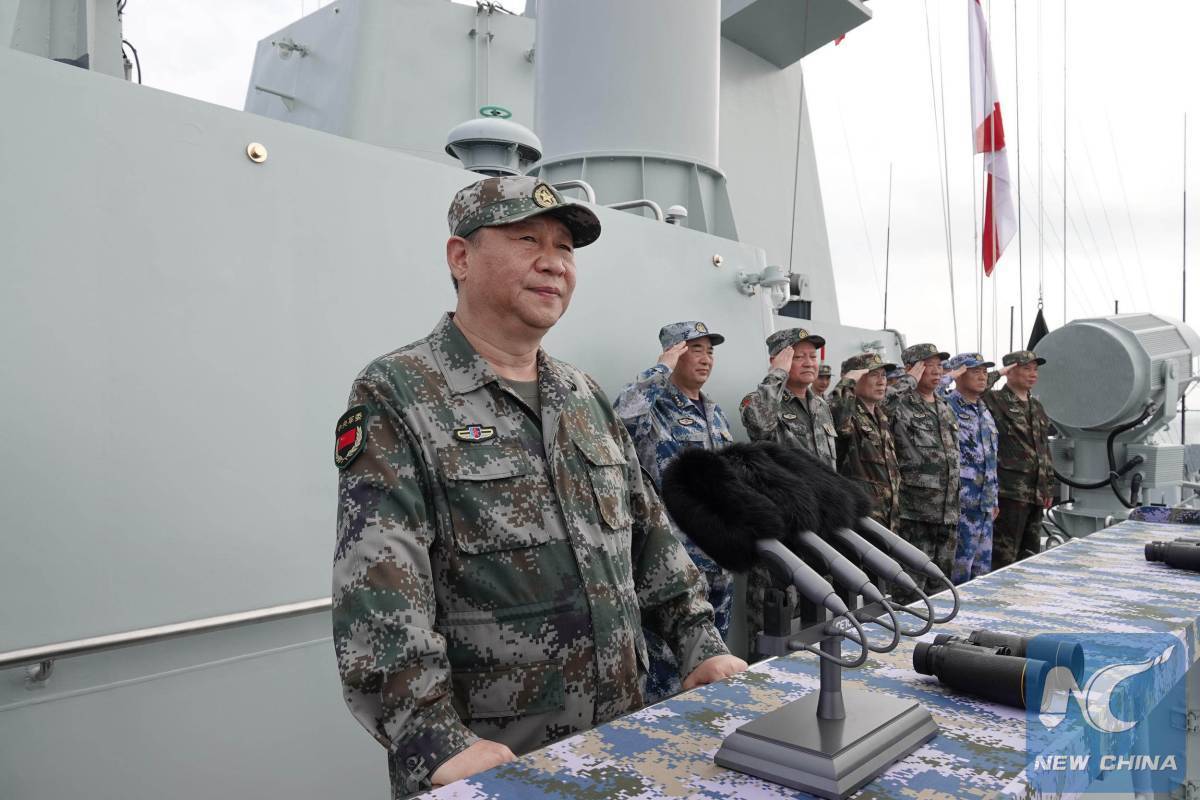President Xi Jinping’s common prosperity agenda fails to bridge the income inequality gap. The crackdowns on the tech sector and crisis in the property sector leading to falling incomes and high unemployment have further hurt the poor and the middle class
Amid a faltering economy, President Xi Jinping’s Common Prosperity initiative has failed to address China’s persistent income inequality. A Gini coefficient of 0.47, which experts have questioned over its accuracy based on Chinese data, signals a high level of income inequality by international standards. Economists at Cornell University and Peking University have estimated a Gini coefficient of around 0.52 for China.
The high rhetoric of Common Prosperity initiative has paled as the data and facts suggest that income inequality in China is only growing. The crackdowns on the tech sector and crisis in the property sector leading to falling incomes and high unemployment have further hurt the poor and the middle class.

Xi Jinping himself has warned that China’s increasing wealth gap is not only economic but could have political ramifications, thereby threatening the communist party’s legitimacy. Increasing social dissent over inequality could undermine the Party’s authority and trigger resentment.
Already citizens are taking to social media to describe Common Prosperity as an initiative to lay off and cut the salaries of high earners and not improve the wages and welfare of those in lower and middle-income jobs.
The middle class is more worried about Xi Jinping’s Common Prosperity initiative. With stagnant or falling incomes, many middle-class citizens with high mortgages have had to cut daily spending and resort to higher savings. Falling consumption levels threaten to drag down economic growth and fuel unemployment.
While wealthy Chinese have ridden out the pandemic with relative ease, a large number of working and middle-class families have faced job losses and steep drops in income. According to a report by the Southwestern University of Finance and Economics and Ant Group Research, China’s poorest households have seen their wealth decline every quarter since the pandemic began.
On the other hand, the country’s wealthiest households have gotten richer during the crisis. The World Inequality Lab found that the richest 10% of China’s population now owns nearly 70% of total household wealth. The personal wealth share going to the top 1% exceeds by 5 times the wealth going to the bottom 50%.
With China losing its demographic advantage and slowing economy, employment in the formal manufacturing sector is falling. Inequality in access to high-skilled education and automation has reduced employment opportunities for a sizable portion of the workforce.
The ever-increasing divide between urban and rural areas poses the biggest uncertainty to China’s society. Due to the large disparity in education and health facilities between rural and urban areas, a large segment of the rural population is living in relatively precarious conditions. The gap in actual income between the rural and the urban areas has widened by 57% over the last few years as China’s rural areas have few work options outside agriculture.
The country’s rural-urban education gap is widening. After passing primary school, there are no guarantees for rural students to continue their education as easily as their urban peers. Since income levels for rural regions is three times less than that of urban regions, nearly 60% of rural students drop out because of the high costs of education which they cannot afford. Many rural areas also lack access to schools and higher education.
According to China’s 2021 official data, urban areas have nearly twice as many beds in medical institutions per capita than rural areas. For every 1,000 people, there are only 2 licensed doctors in rural areas compared to 4.25 in urban areas.
In the future, inequality could pose a major challenge to China’s development and a key test for Xi Jinping. The current workforce in China has higher expectations after seeing first-hand the vast wealth that some have accumulated.

